
 The Sheikh Zayed Mosque ... one of ADA’s projects in the region.
The Sheikh Zayed Mosque ... one of ADA’s projects in the region.
There is an increasing awareness of the need to give due importance to building acoustics, which if ignored, can lead to major problems, says Professor Wolfgang Ahnert, who is often described as the pioneer of sound reinforcement engineering.
Professor Ahnert, who founded ADA Acoustic Design Ahnert in 1990 in Berlin, Germany, launched the practice’s Doha branch last year and a representative office in Dubai, to provide prompt services to the rapidly emerging markets of the GCC. He brings with him years of expertise in the field and has been an active member of several international acoustical societies over several decades.
“Our office in Doha is the second in the Middle East, following the launch of our branch in Cairo, Egypt, in 2003. This is one further step in our plan of expanding our presence in a region which is witnessing a wave of mega construction projects,” says Professor Ahnert.
ADA Gulf as the Doha operation is an acoustics and system integration consultancy, providing professional planning and project management services mainly in the fields of acoustics and media technology and is currently providing support to a number of medium and large scale projects in the region.
The practice is also planning to have a stronger presence in Saudi Arabia through establishing an office in that market in the future.
“We are already active in countries like the UAE, Oman, Kuwait and Saudi Arabia, and have an eye on the impressive developments in Bahrain, where we are planning to have one of our seminars in 2008,” he adds.
ADA Gulf’s offices in the Middle East provide the same spectrum of services as their German parent, implementing the same approaches to staff selection and training and to quality assurance. In large projects with heavy workloads, the practice’s team in Berlin provides support to meet the projects’ deadlines.
As a system integration specialist, the practice not only covers room and building acoustics, but also studios and audio-visual systems, security, voice alarm, public address systems and more. Its engineers have the knowledge and the tools to perform comprehensive audio and acoustical field measurements and can also test and optimise all other systems, like audio-visual and security among others.
Professor Wolfgang Ahnert speaks to Gulf Construction on the importance of acoustics in construction and his experience in specific applications such as mosques and sports venues.
Gulf Construction (GCM): Can you highlight how important are building and room acoustics in terms of construction?
Prof Ahnert: Room acoustics is concerned with the behaviour of sound waves in enclosed or partly enclosed spaces and their effects on surfaces or objects of different shapes in such spaces. Building acoustics is concerned with how sound and mechanical structures interact – for example, the transmission of sound through walls or the vibration generated by large machines during their operation.
GCM: What are the implications if these acoustics are not taken into consideration?
Prof Ahnert: There can be a lot of serious implications, if acoustics is ignored in any project. From the building acoustics perspective, I know of a number of hotels in the region for instance, which are losing income because they cannot use guest rooms on entire floors due to the noise from a nightclub or a wedding ballroom located on a higher or lower floor. That is a typical example of a serious implication, when acoustics is ignored in a new project and subsequent corrections become either impossible or very expensive.
From the room acoustics perspective, the behaviour of sound waves in any closed room is significantly affected by the acoustical properties of the surfaces in the room, which are commonly described by the absorption coefficients of such surfaces. The so-called reverberation time describes the time needed for sound waves to decay in any given room. If this time is too long, the intelligibility of speech or sound systems can be dramatically degraded, which can be a major issue in many venues such as worship houses, theatres, lecture halls, conference centres and even more critically, in heavily populated venues like stadiums or airports, where sound systems are also used for evacuation in emergency cases.
On the other hand, if the reverberation time is too short, venues, whose main purpose is listening to music such as concert halls, might utterly fail.
GCM: But wouldn’t many architects and interior designers say that the use of many loudspeakers can solve such speech intelligibility and music reinforcement problems?
Prof Ahnert: This is unfortunately a common false approach. The fact is that loudspeaker system can help only to a certain extent, beyond which no system, regardless how expensive it is, can rectify room acoustical defects.
GCM: When should acousticians be involved in a new project?
Prof Ahnert: Acousticians should ideally be involved in all phases of a new project as early professional planning is decisive for a sustainable success. It starts from measuring/assessing the traffic noise level of the project site through to supporting the architect/structural engineer, from the acoustical point of view, to design the right curtain-walls, floor slabs and glazing as well as mounting and isolation of machines and other building services such as HVAC (heating, ventilation and air-conditioning). It then continues to supporting the interior designer to choose the right interior surface finishing materials. In many cases, the acoustician plays a major role in determining the basic architecture of venues like concert halls and opera houses. In addition, acousticians should be involved in final acceptance tests using sophisticated and highly calibrated measurement instruments.
GCM: What is meant by the term “acoustical simulation”?
Prof Ahnert: Simulation is in general a method of optimisation. In acoustics, computer-aided design and modelling software are very useful tools for a new construction, especially in the planning of venues with sound reinforcement/reproduction purposes, because a defective design means the loss of that fundamental purpose.
The so-called “auralization” has been increasingly implemented in the recent years, where the performance of a loudspeaker system in any given room can be “listened to”, even with the room still on the drawing board.
GCM: Mosques are an important component of this region’s skyline. Being a German firm, do you have specialised knowledge on these structures?
In principle, the fundamentals are essentially the same, but I had the chance to work with a Saudi PhD student on his thesis, which focused on speech intelligibility in mosques, through which I gained a special insight into the subject of acoustics in mosques. A major finding was that the majority of mosques, with their architecture and interior finishing materials, suffer from poor acoustics, which adversely affects speech intelligibility. Later, we were appointed for the planning of the sound reinforcement system of Sheikh Zayed Grand Mosque in Abu Dhabi, which is one of the largest and most beautiful mosques in the world.
GCM: How about stadiums and other sports venues?
Prof Ahnert: Sport venues have a special set of acoustical requirements depending on a lot of factors, such as their size, the events they support and whether they are closed or open. I am proud of having been involved in the planning of the sound reinforcement systems of a large number of stadiums and arenas around the world including the Berlin Olympic Stadium, which hosted the 2006 FIFA World Cup final. We’re currently working on three stadiums in South Africa that will be used during the next World Cup in 2010.
In the Gulf, we have been involved in the development of Dubai Sports City stadiums as a subconsultant for the German architect GMP. We have also been recently reviewing the sound reinforcement system in Sheikh Jaber Al Ahmad Stadium in Kuwait, and recommended major changes to enhance the acoustical properties of the stadium as well as the performance of the sound reinforcement system.
GCM: What was the most spectacular experience you had within your field in the region?
Prof Ahnert: In a region that is developing so rapidly, we are constantly confronted with spectacular ideas and projects which keep motivating engineers to make the “inconceivable” possible. For instance, simply by physics, it is not possible to cover an entire city with intelligible sound out of one speaker-system. However, when this idea was mooted for a project in the Gulf, it drove us to develop and design a system that covers an unbelievable range of 4 to 5 km, depending on the weather conditions.
For more info on ADA Gulf, seminar dates and projects – visit www.ada-gulf.com.



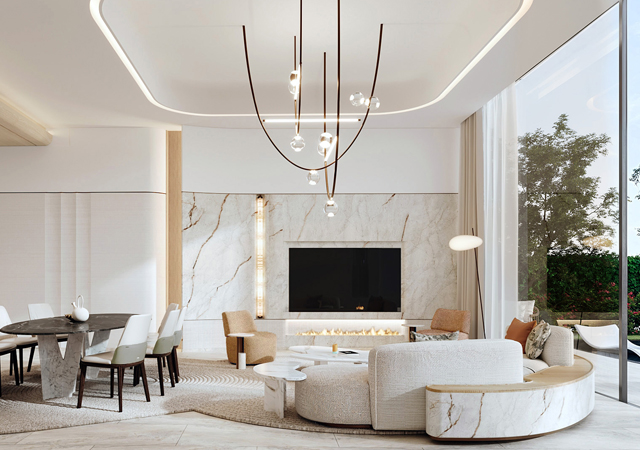

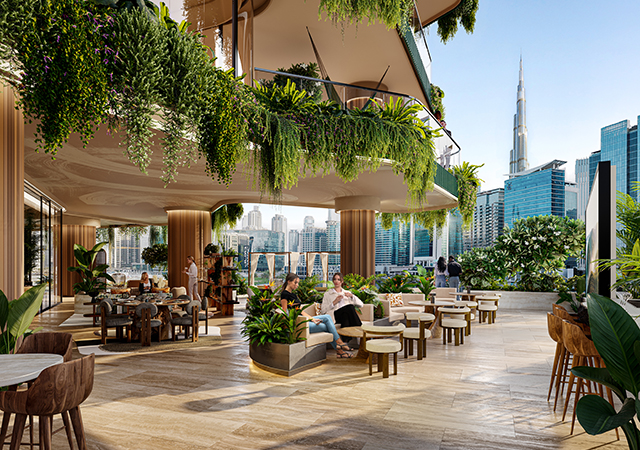
.jpg)


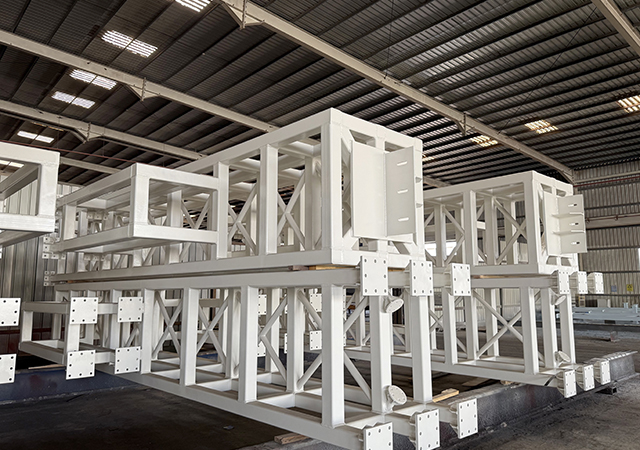




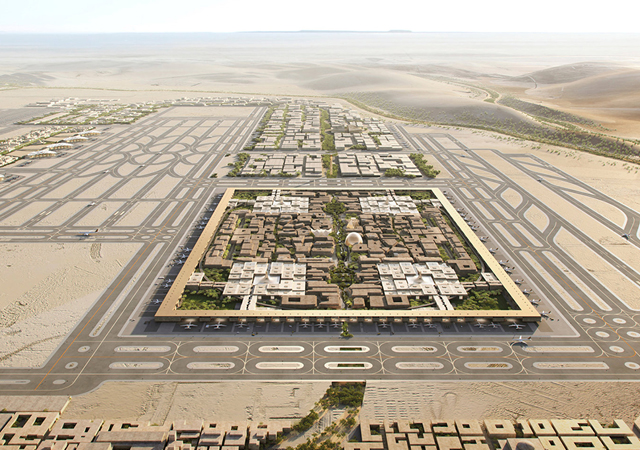
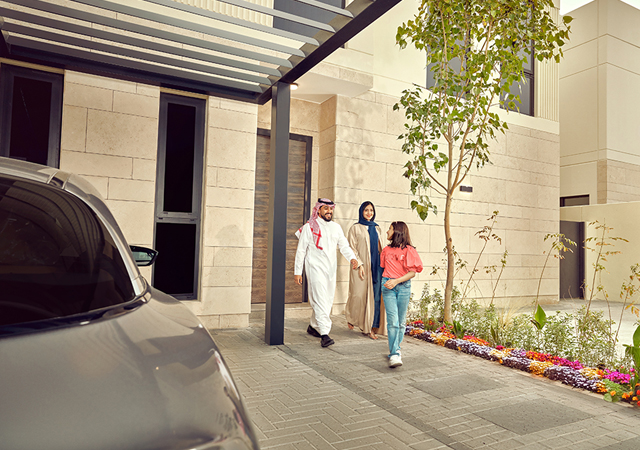
.jpg)




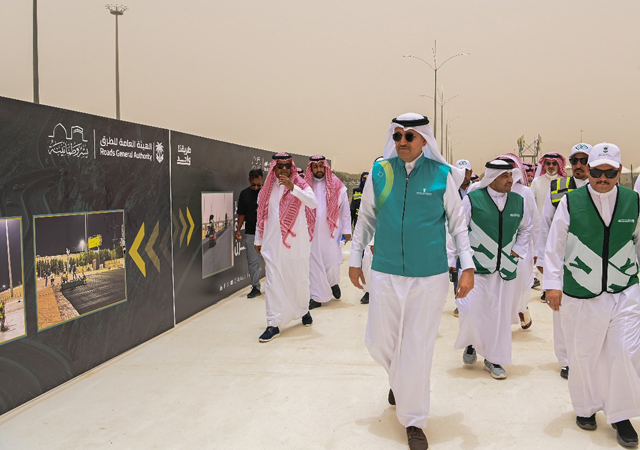

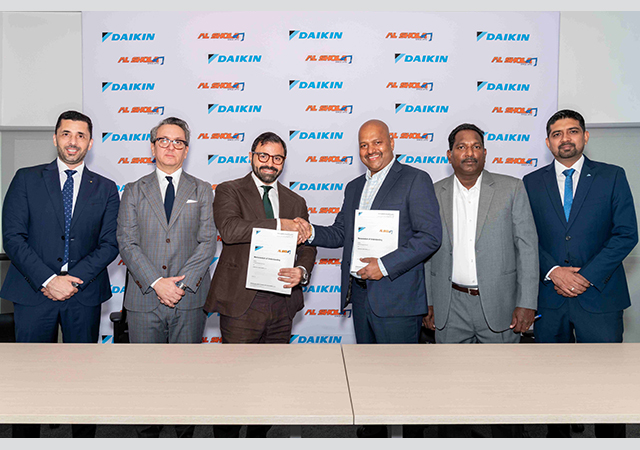

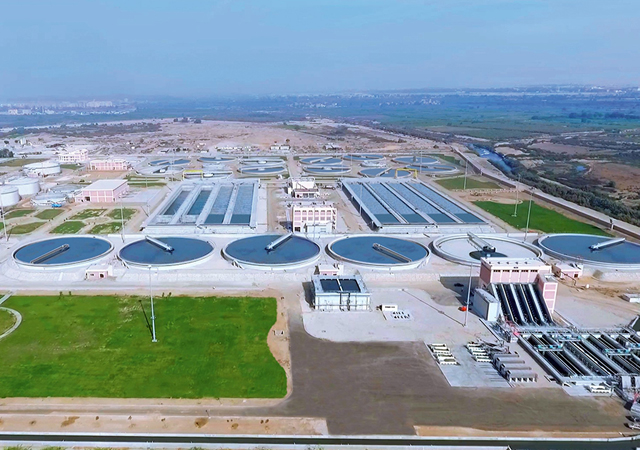
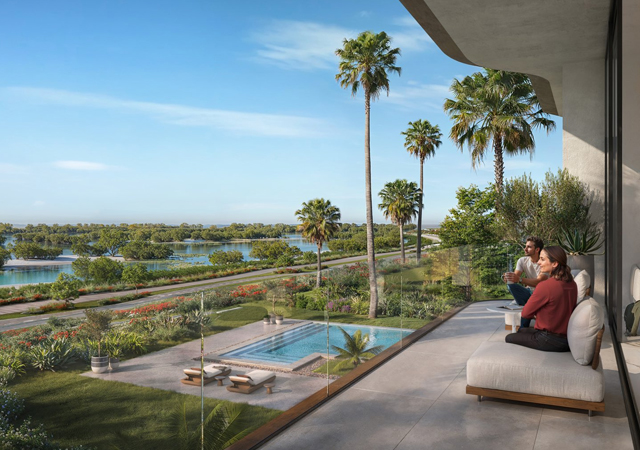
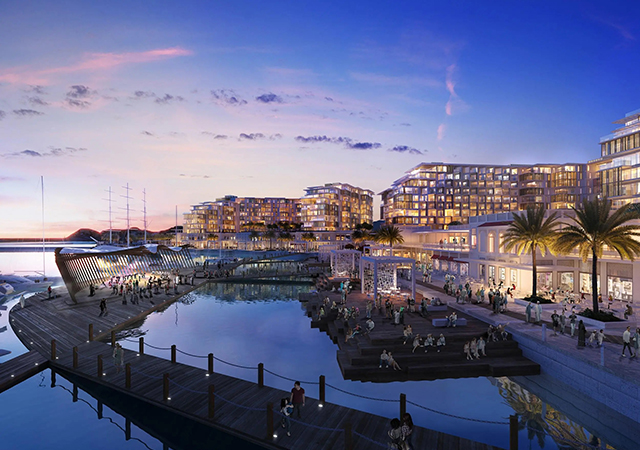

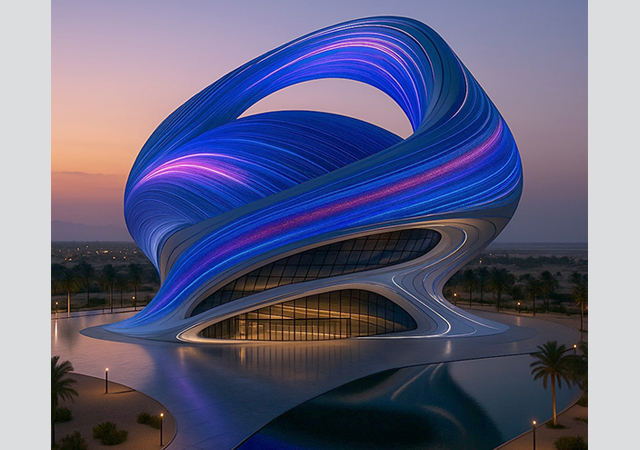

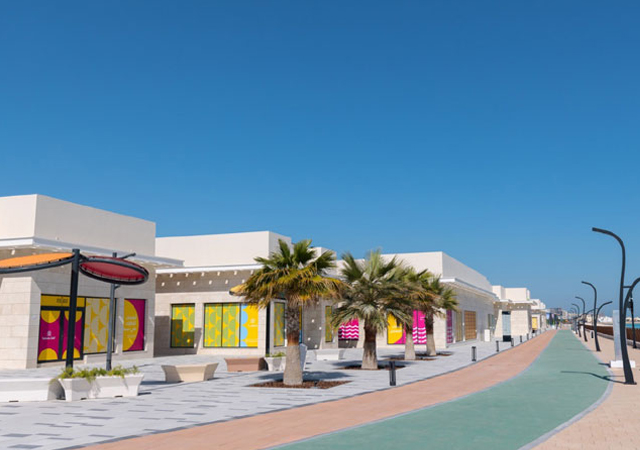

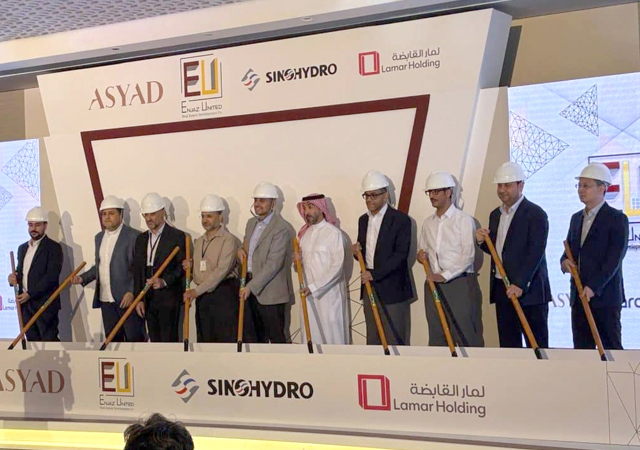
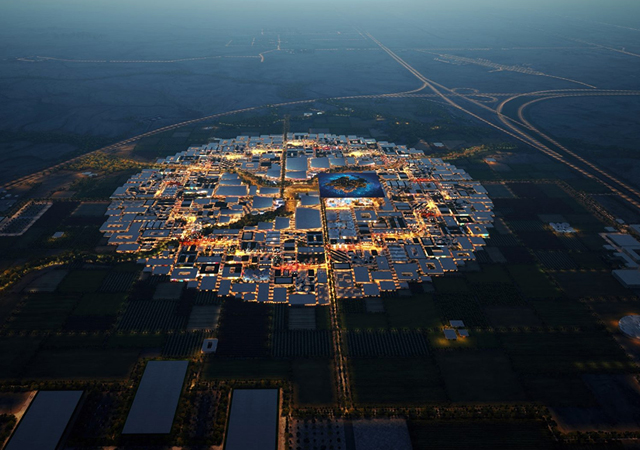
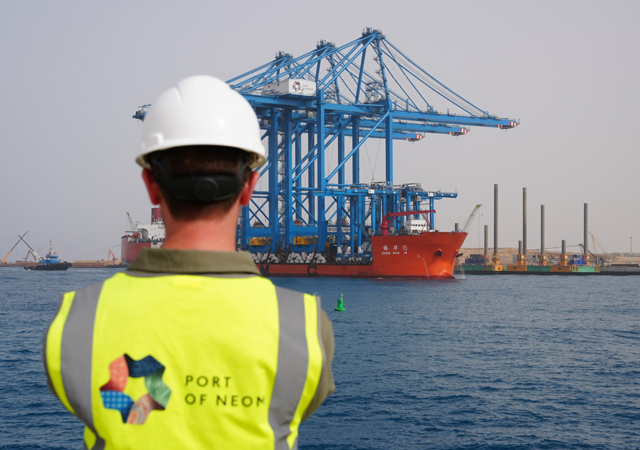
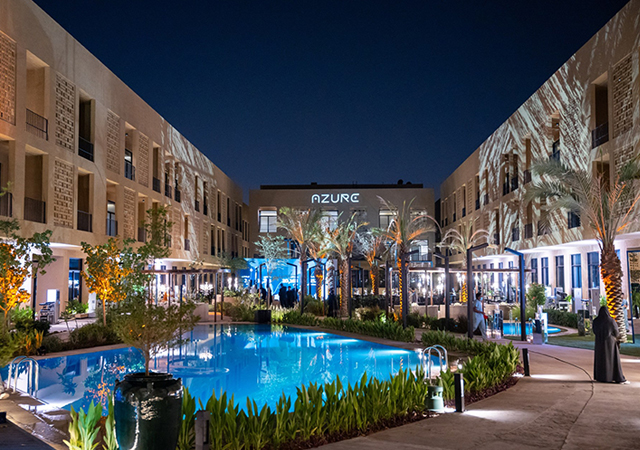
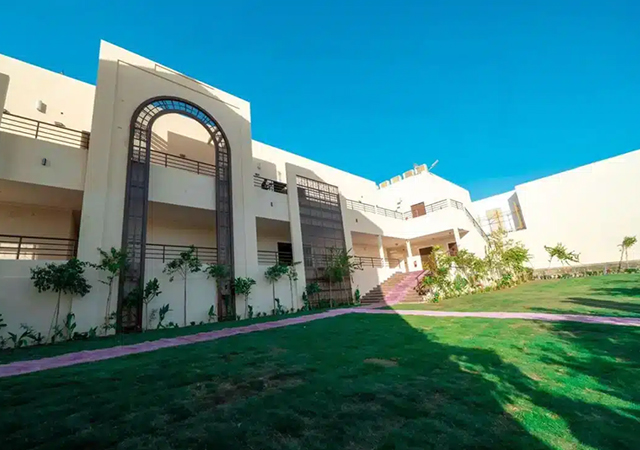


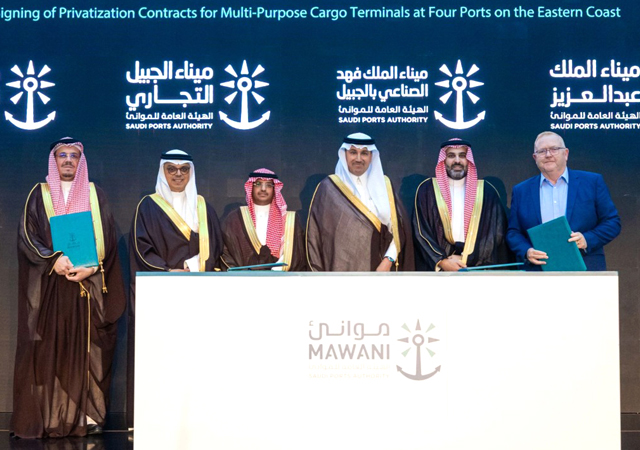


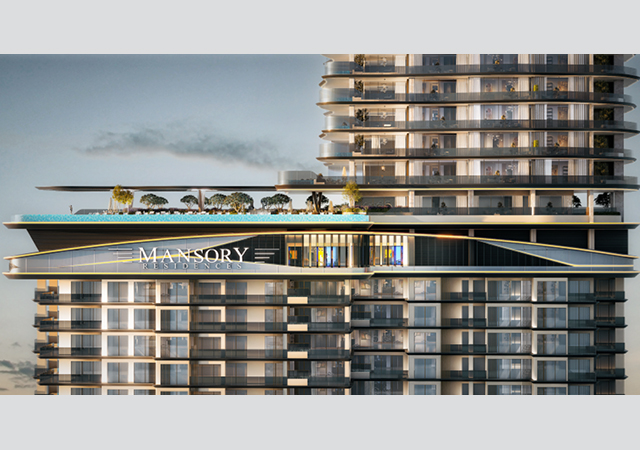
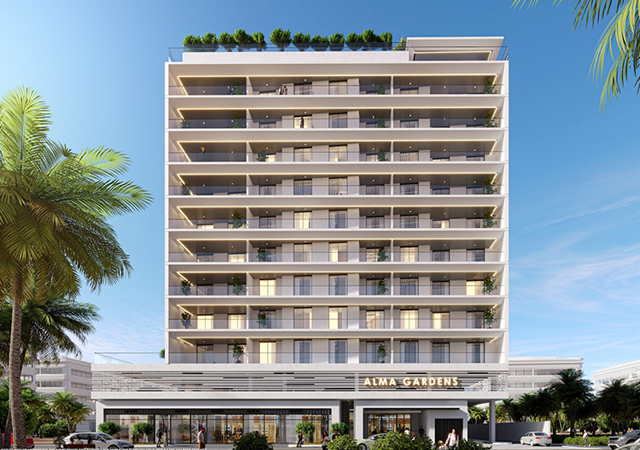


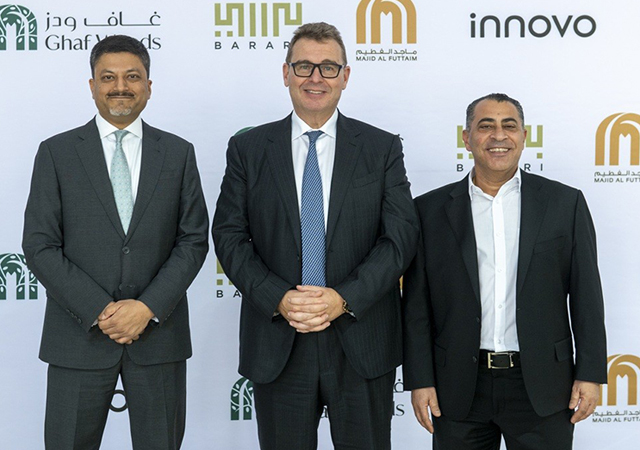
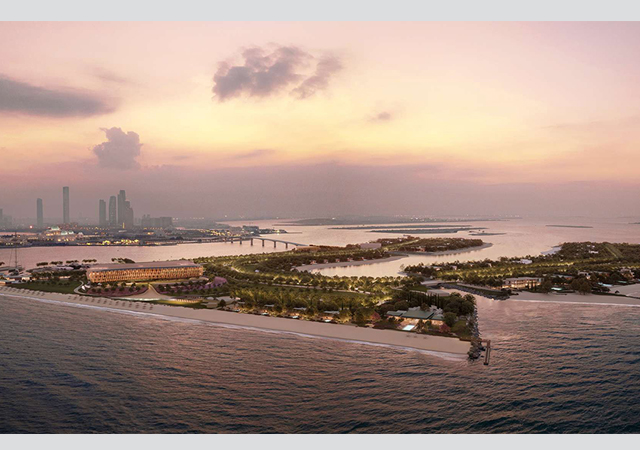
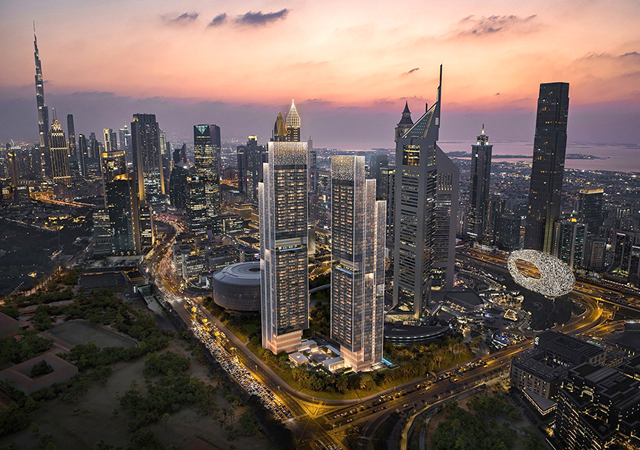
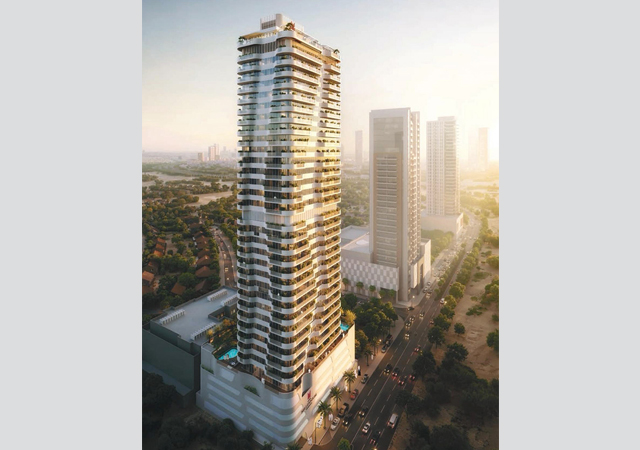

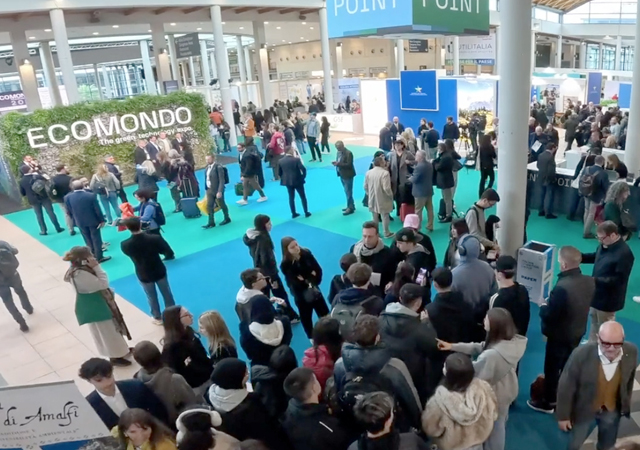
.jpg)











